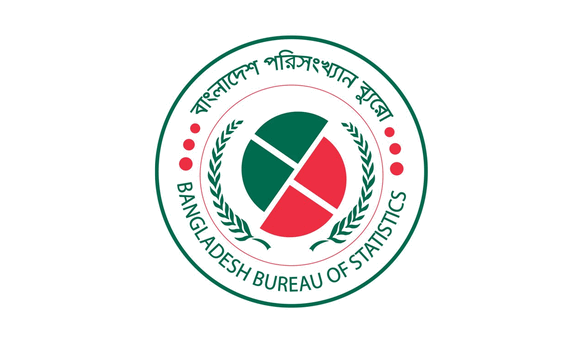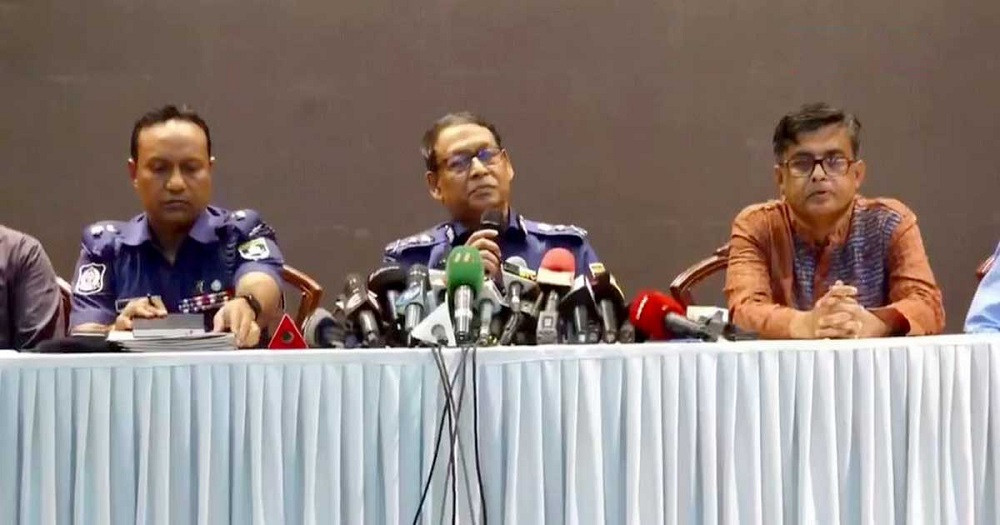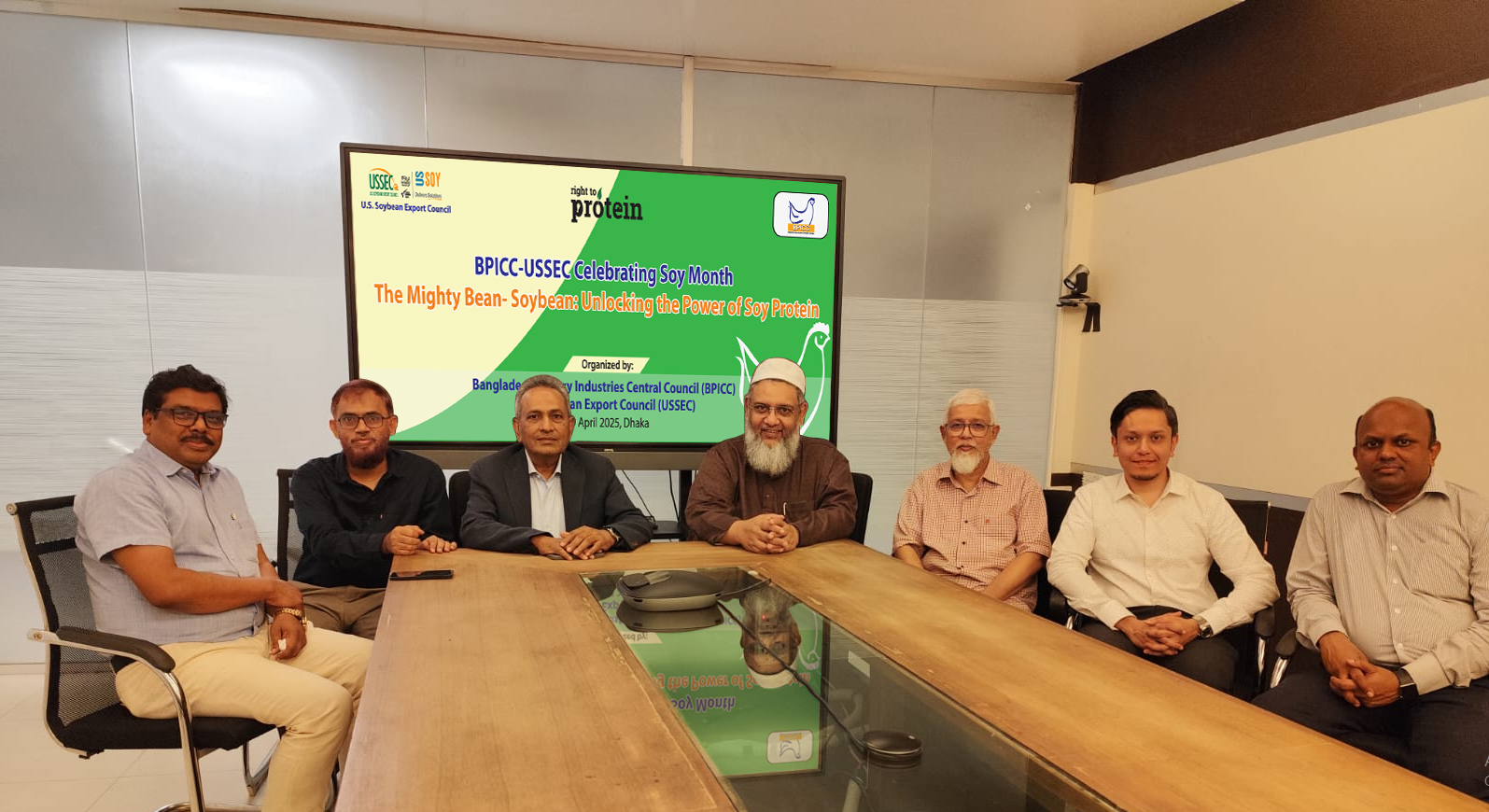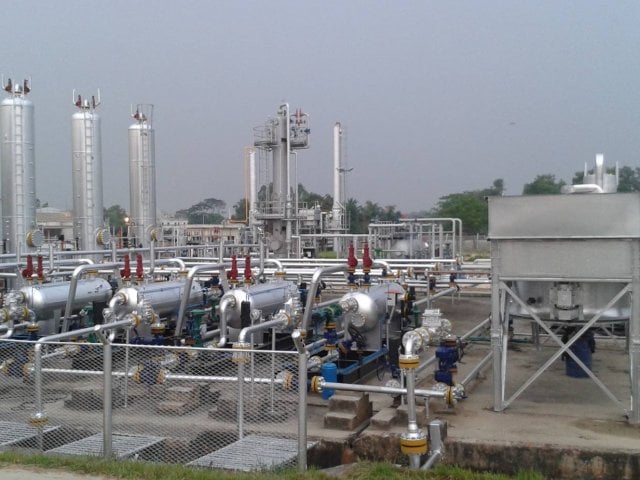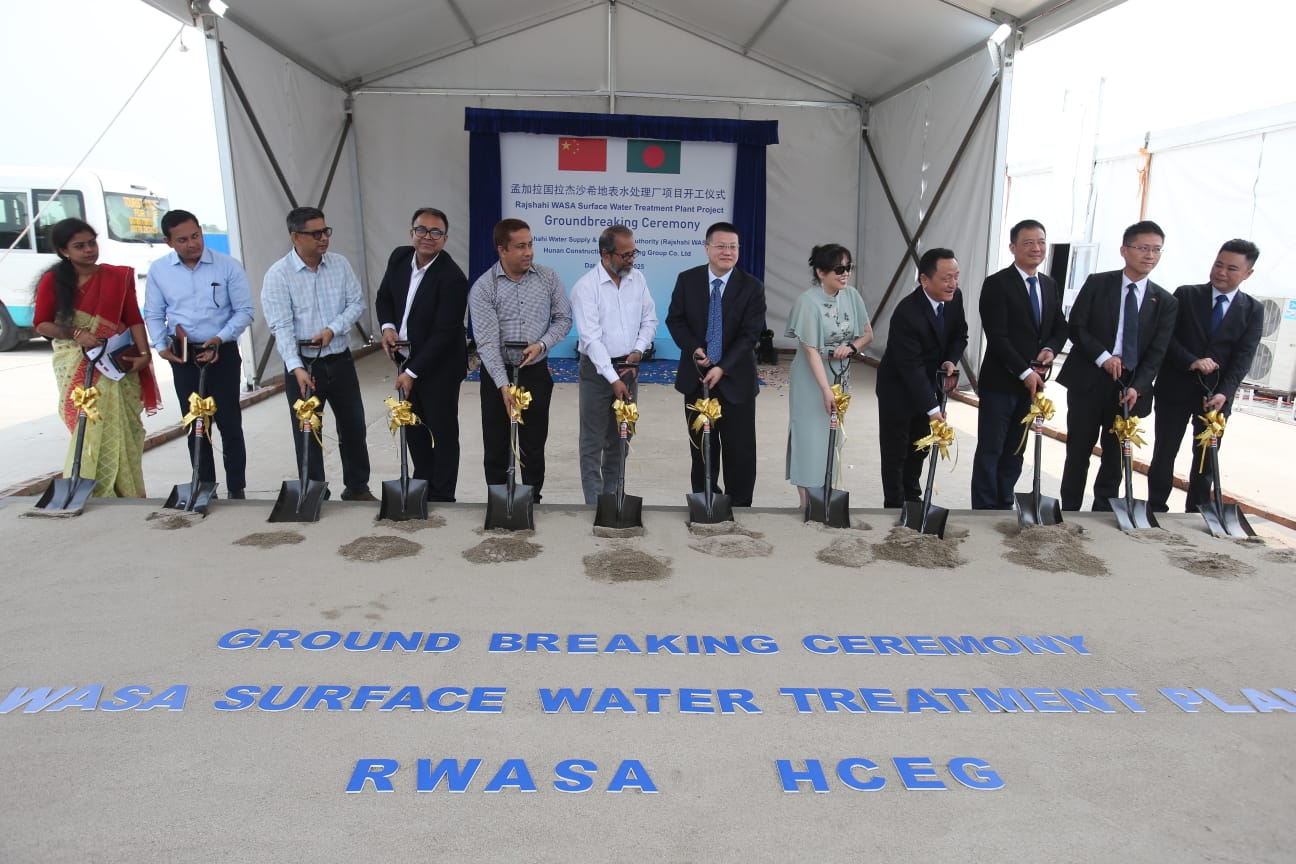
The United Nations has issued a warning about the rapid melting of Himalayan ice, highlighting severe consequences for countries in the region, including Bangladesh. A new report cautions that without significant reductions in carbon emissions, the impact of glacier melt will be catastrophic.
In addition to record floods during monsoons, major rivers like Ganges, Brahmaputra, and Teesta will experience critical water shortages in the dry season, endangering biodiversity and food production. The findings were published in UNESCO’s “United Nations World Water Development Report 2025” on March 21, coinciding with the first-ever observance of World Glacier Day. This initiative is part of the UN’s International Year of Glacier Preservation.
The UN report shows, glaciers in High Mountain Asia have shrunk by 5% to 21% between 2000 and 2023 due to human-induced climate change. The Himalayan region has suffered the most significant losses. The continued melting of glaciers is expected to severely disrupt river flows, particularly during the dry season. Currently, 65% of the Brahmaputra’s and 70% of the Ganges’ dry-season flow depends on Himalayan glacier meltwater. Similarly, 41% of the annual upstream flow of Pakistan’s Indus River comes from glacial meltwater.
Increased Flood Risks and Water Shortages
The report highlights a concerning increase in flood incidents, especially in the Ganges and Indus basins. Rising carbon emissions could exacerbate the situation, leading to more extreme flooding in the coming decades. By 2075, flood levels could surge by 51% in the Indus basin, 80% in the Brahmaputra, and 108% in the Ganges due to intensified rainfall and glacial melt.
While the next few decades may see peak glacier meltwater flow, this trend will eventually reverse, posing severe threats to heavily populated areas and major irrigation networks. By mid-century, river flows in northern India are expected to decline, particularly during the dry season, jeopardizing water, energy, and food security.
High Mountain Asia, often referred to as the “Third Pole,” is the largest ice-covered region outside the polar zones. This region contains nearly 100,000 glaciers, storing about 7,000 cubic kilometers of ice, nearly half of which lies in the Himalayas and the Karakoram mountain range.
The Hindu Kush Himalayas serve as the source of ten major Asian rivers, including the Indus, Brahmaputra, and Ganges. These rivers provide water to nearly a quarter of the world’s population. Seasonal glacier meltwater from High Mountain Asia alone meets the basic needs of 220 million people.
Two Billion People Depend on Mountain Waters
The UN Report underscores the importance of mountain regions, which supply 60% of the world’s freshwater annually. More than a billion people live in mountain areas, while over two billion depend on mountain water for drinking, sanitation, and livelihoods.
Mountain regions are vital for livestock farming, forestry, tourism, and energy production. However, glaciers worldwide are melting at an unprecedented rate, making mountain water systems among the first to suffer from climate change’s devastating effects.
Half of the population in developing mountain regions faces food insecurity, with women and children being the most vulnerable. Additionally, declining glaciers and snowfall will impact two-thirds of global irrigation systems, affecting millions worldwide.
“Regardless of where we live, we all depend in some way on mountains and glaciers. But these essential natural water towers are facing imminent peril,” said Audrey Azoulay, Director-General of UNESCO. “This report demonstrates the urgent need for action and that the most effective solutions require a multilateral approach he added.
Alvaro Lario, President of the International Fund for Agricultural Development (IFAD) and Chair of UN-Water, emphasized the need for investment in mountain communities: “Water flows downhill, but food insecurity rises uphill. The earth’s mountains provide 60% of our freshwater, but the communities that safeguard these vital resources are among the most food insecure. We must invest in their resilience to protect glaciers, rivers—and a shared future for all of us.”



